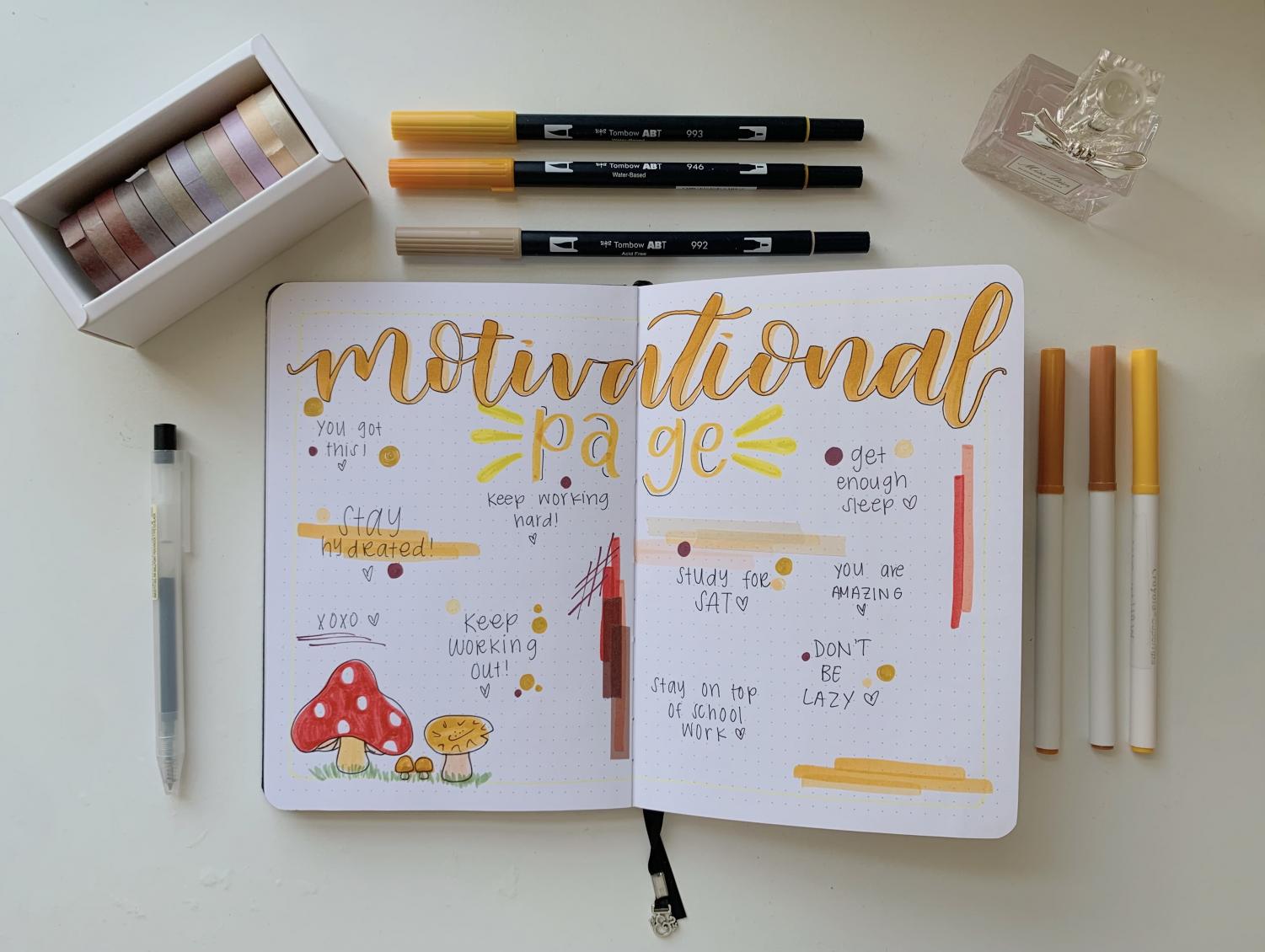Bullet Journaling: A Comprehensive Guide to Boosting Productivity and Mindfulness
Bullet journaling (BuJo) has burst from a niche analog-loving community into a global phenomenon. Part planner, part diary, part creative outlet, a well‑crafted bullet journal helps you organize tasks, track habits, record memories, and reflect— all within a single notebook. More than just pretty spreads, the magic lies in its flexibility: you create the system that fits your life. This guide will walk you through its history and philosophy, the essential modules and how to personalize them, concrete techniques for leveling up productivity and mental well‑being, and advanced practices to deepen your journey over months and years.
Origins & Philosophy of the Bullet Journal
From Digital Overload to Analog Simplicity
In 2013, digital strategist Ryder Carroll conceived the Bullet Journal® system to reclaim focus and intentionality in his own life. Frustrated by the fragmentation of apps, sticky notes, and half‑written lists, he distilled his methodology into a simple notebook framework:
-
Rapid Logging: Quick symbols—dots for tasks, circles for events, dashes for notes—capture information at a glance.
-
Migration: Uncompleted tasks are periodically reviewed and either rescheduled, delegated, or dropped—preventing endless backlog.
-
Modules: Core sections (Index, Future Log, Monthly Log, Daily Log) provide structure, while open‑ended “Collections” allow you to track anything from books to bucket lists.
Underlying Principles
-
Intentionality: Every page serves a purpose you choose—no wasted space on unused templates.
-
Reflection: Regular reviews foster self‑awareness and prevent overcommitment.
-
Adaptability: Change the layout, symbols, or modules as your goals evolve—BuJo grows with you.
Why It Works
-
Brain‑Dump: Emptying your mind into pen and paper offloads cognitive load, making it easier to focus on the task at hand.
-
Habit Formation: Visual trackers and habit logs provide accountability (“did I really drink eight glasses of water yesterday?”).
-
Creative Outlet: For many, the creative aspect—hand‑lettering headings, doodling—is a form of stress relief and ownership.

Comments
Post a Comment